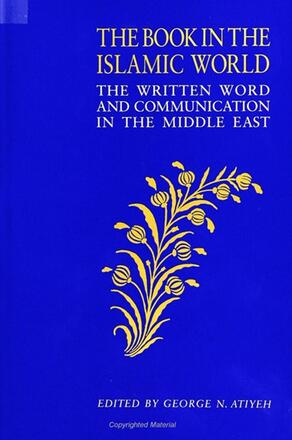
The Book in the Islamic World
The Written Word and Communication in the Middle East
Alternative formats available from:
This book explores Muslims' conception of themselves as "the people of the book" and explains the multifaceted meanings of this concept. Published jointly with the Library of Congress, it is an illustrated history of the book and the written word in the Islamic world.
Description
The Book in the Islamic World brings together serious studies on the book as an intellectual entity and as a vehicle of cultural development. Written by a group of distinguished scholars, it examines and reflects upon this unique tool of communication not as a physical artifact but as a manifestation of the aspirations, values, and wisdom of Arabs and Muslims in general.
The Islamic system of book production differed from that of the West. This volume shows the peculiarities of book making and the intellectual principles that governed a book's inner structure, mysteries, and impact on culture. Investigated and explained are the issues involved in printing; the compilation of the Koran, the most important book in Islam; attitudes toward books; the oral versus the written tradition; metaphors of the book in literature; biographical dictionaries, an important genre of Islamic books; the grammatical tradition; women's contribution to calligraphy; scientific manuscripts; the transition from scribal to print culture; publishing in the modern Arab World; and the new electronic media, a non-book vehicle of communication, and its impact on education.
George N. Atiyeh is the head of the Near East Section at the Library of Congress. He has authored and edited a number of books and articles, among which are al-Kindi, the Philosopher of the Arabs; The Contemporary Middle East, 1948-1973: A Bibliography; and Arab Civilization: Challenges and Responses.
Reviews
"The scholarship is sound, persuasive, interesting, and compelling. Most attractive to me is the breadth of the book. It is pleasantly instructive, and with the various illustrations is a delight to the eyes as well as to the mind. " -- Charles E. Butterworth, University of Maryland, College Park